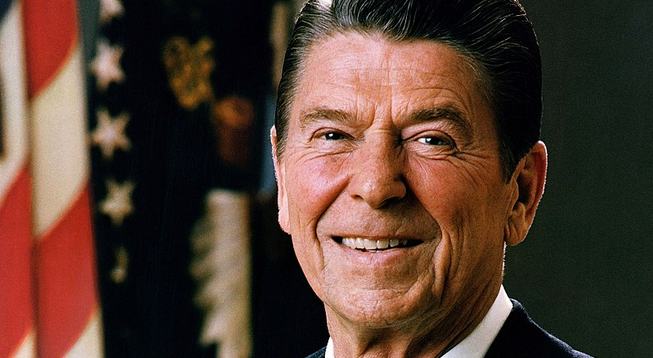-
1 - item
-
 Guardian Cat Survival Kit
1 x
$49.99
Guardian Cat Survival Kit
1 x
$49.99
- View Cart
-

Today [August 15] marks 50 years because President Richard Nixon closed the “gold window,” ending the ability of foreign governments to exchange United States dollars for gold. Nixon’s action severed the last link in between the dollar and gold, offering the U.S. a fiat currency.
America’s try out fiat has actually resulted in a surge of consumer, company, and– especially– government debt. It has also caused increasing financial inequality, a boom-bubble-bust business cycle, and an ongoing disintegration of the dollar’s value.
Nixon’s closure of the gold window encouraged me to run for workplace. Having read the works of the leading Austrian economists, such as Ludwig von Mises and Murray Rothbard, I comprehended the risks of deserting gold for a fiat currency and desired a platform to spread these ideas.
When I initially went into public life, support for restoring a gold standard, much less abolishing the Fed, was limited to so-called “gold bugs” and the then small libertarian motion. Even lots of economic experts who normally supported free markets thought the fiat system could be made to work if the Federal Reserve were required to follow guidelines.
These guidelines were expected to offer the Fed with clear guidance as to when to increase or decrease the money supply. This may sound great in theory, but a “rules-based monetary system” still permits the Federal Reserve to control rates of interest, which are the cost of cash, causing synthetic booms and extremely genuine busts.
The stagflation of the Carter era did increase interest in monetary policy. The increase of the “supply-siders,” who supported a restricted function for gold, helped increase interest in the issue.
Ronald Reagan once informed me that no country has actually abandoned gold and remained great. As president, he supported the creation of the Gold Commission. Nevertheless, he did not stop the establishment from stacking the commission with defenders of the financial status quo.
The commission’s two pro-gold members, Lewis Lehrman and myself, produced a minority report, composed with the help of Murray Rothbard, making the case for a gold requirement. The report was published as The Case for Gold. It can be downloaded at Mises.org.
By the mid-1980s, any interest amongst the political and financial elites in questioning the Fed’s power had actually disappeared. This was due to acceptance of the misconception that Paul Volcker tamed inflation. In the 1990s, a virtual cult of character occurred around the “Master” Alan Greenspan, who once told me that the Fed had actually found out how to “reproduce” the outcomes of a gold-backed currency.
While my warnings that the Fed was leading the American economy over the cliff were dismissed in Washington, they discovered a responsive audience outside the Beltway. The action to my 2008 presidential project caused a birth of a brand-new liberty movement that put monetary policy front and center.
The 2008 crisis, big bank bailouts, and the Fed’s subsequent failure to reignite the economy despite unprecedented money production sustained the development of the brand-new movement. My Project for Liberty company mobilized the new liberty motion to make Audit the Fed a significant issue in Congress.
Fifty years after Nixon closed the gold window, rates are heading toward 1970s-era boosts. Yet the Fed can not increase rate of interest as long as the politicians keep developing billions of new debts.
It is clear that America is heading toward another Federal Reserve– created economic crisis. The bright side is the approaching crisis offers us a chance to spread our message, grow our motion, and finally require Congress to examine and end the Fed.

